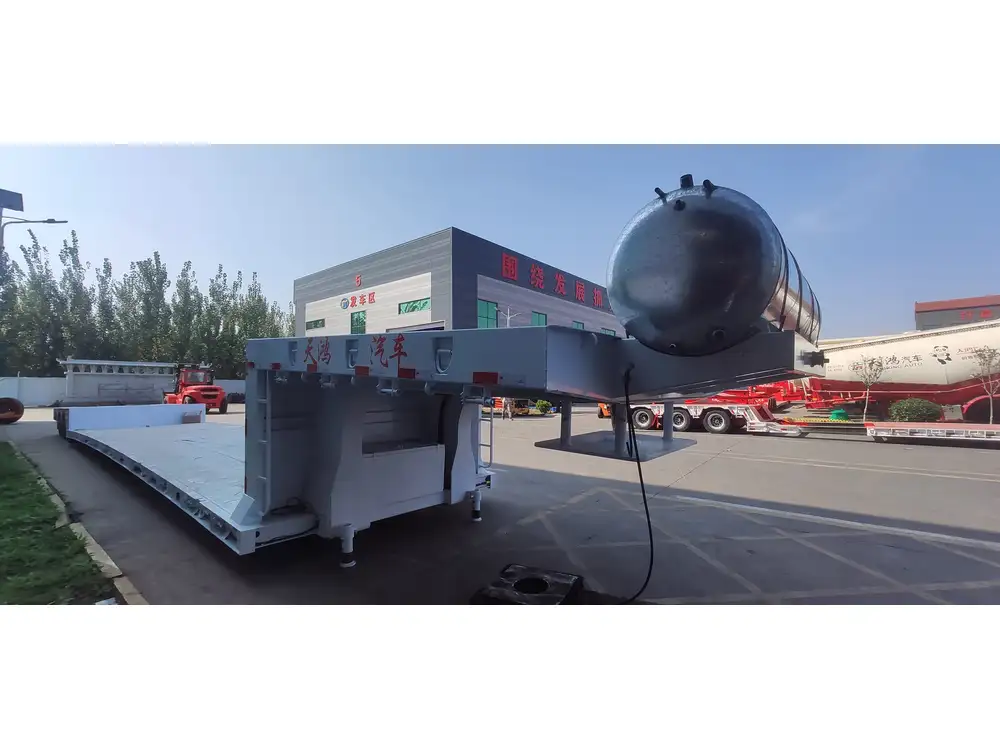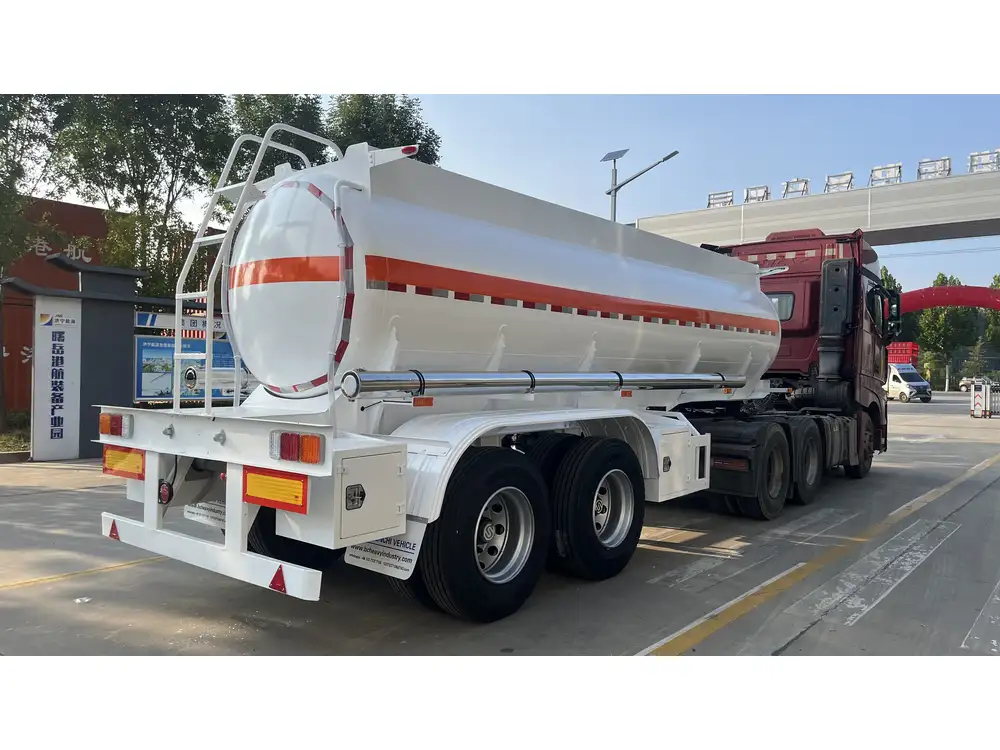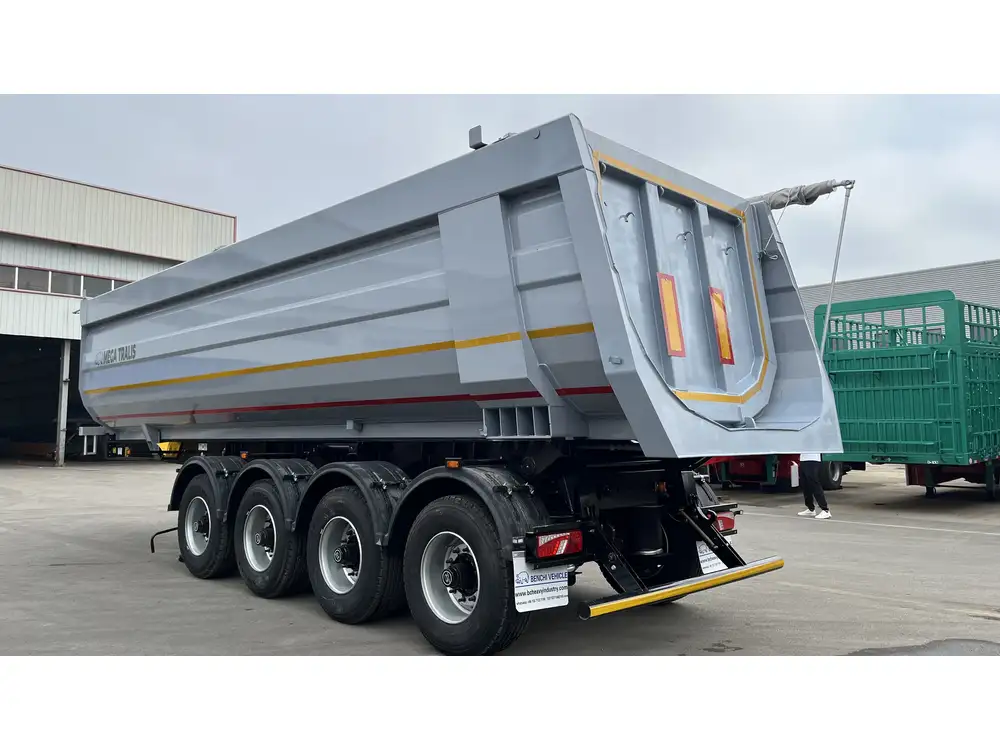The agricultural industry relies heavily on efficient transport, especially when it comes to moving hay. For farmers, livestock caretakers, and distributors alike, knowing exactly how many bales of hay can fit in a semi-trailer is paramount. This knowledge not only aids in logistical planning but also impacts operational costs and efficiency. In this comprehensive guide, we dissect the variables involved, analyze semi-trailer specifications, and provide insights to maximize your hay-hauling endeavors.
Understanding Semi-Trailer Capacity
Dimensions and Specifications
Semi-trailers come in various sizes and types. Here, we break down the essential dimensions:
| Trailer Type | Length | Width | Height | Volume |
|---|---|---|---|---|
| Standard Dry Van | 48-53 ft | 8.5 ft | 13.5 ft | Up to 3,000 cu ft |
| Flatbed | 48-53 ft | 8.5 ft | Varies | Up to 2,000 cu ft |
| Enclosed Trailer | 48-53 ft | 8.5 ft | 13.5 ft | Up to 3,000 cu ft |
The dimensions are crucial in determining the storage capacity. However, it is also vital to consider the weight limits associated with the load.

Weight Limitations and Regulations
The legal weight limit for a single semi-truck and trailer combination traveling on U.S. highways is 80,000 pounds, including the truck’s weight and any cargo. The type of hay (grass, alfalfa, or mixed) affects the overall weight but typically averages around 60-65 pounds per bale in its standard form. Keeping within these limits is essential for compliance with road safety regulations and avoiding fines.
Calculating Bale Capacity
By translating trailer dimensions and weight restrictions into actual bale storage, we can derive a formulaic approach to calculate how many bales of hay a semi-trailer can accommodate.
Standard Bale Size
Most hay bales are categorized into two basic formats:
- Square Bales: The common size is approximately 2’ x 2’ x 4’ (0.5 cubic meters), weighing roughly 50-70 pounds.
- Round Bales: Typically, these are around 4’ in diameter and 5’ in height (1.2 cubic meters), weighing between 800-1,200 pounds.

Step-by-Step Calculations
Determine Trailer Volume:
For an average dry van trailer of 53 ft:
- Length: 53 ft = 636 inches
- Width: 8.5 ft = 102 inches
- Height: 13.5 ft = 162 inches
Converting cubic inches to cubic feet (divide by 1,728): [ \text{Volume} \approx 616 \text{ cubic feet} ]
Calculate Square Bale Capacity: Given the size of a square bale (2’ x 2’ x 4’): [ \text{Volume of one square bale} = 2 \times 2 \times 4 = 16 \text{ cubic feet} ] [ \text{Number of square bales} = \frac{\text{Trailer Volume}}{\text{Single Bale Volume}} = \frac{616}{16} \approx 39 \text{ bales} ]
Calculate Round Bale Capacity: For round bales (approx. 1.2 cubic meters or ~42.4 cubic feet): [ \text{Number of round bales} = \frac{616}{42.4} \approx 14.5 \text{ bales} ]
Summary Table for Bale Capacities
| Bale Type | Average Volume per Bale | Estimated Number of Bales in a 53′ Trailer |
|---|---|---|
| Square Bales | 16 cubic feet | 39 bales |
| Round Bales | 42.4 cubic feet | 14 bales |
Practical Considerations for Loading

Space Utilization
Efficient loading ensures the maximum number of bales transported without wasting space. Factors to consider include:
- Bale Orientation: Positioning square bales side-by-side and stacking vertically can optimize space.
- Density of Load: Cramming heavier round bales can lead to uneven weight distribution, affecting vehicle handling.
Weight Distribution
Equally distributing weight across the axles is essential to maintaining truck stability and preventing wear and tear. To achieve this:
- Load from the Front: This promotes better weight distribution towards the front axle, improving traction and control.
- Strap Down: Use appropriate strapping methods to secure the load, minimizing movement during transport.
Cost Analysis of Hay Transport

Fuel Costs and Efficiency
The cost of transporting hay involves not only the purchase price of the bales but also the fuel consumed during transit. Factors influencing fuel consumption include:
- Truck Model and Efficiency: Modern trucks with advanced fuel-efficient engines offer better mileage.
- Route Selection: Highways usually incur lower fuel costs than backroads due to steady speeds.
Cost Per Bale Calculation
To give a practical example:
- Assume a semi-truck covers 100 miles and consumes 8 miles per gallon.
- Fuel prices average about $3.00 per gallon.
For a typical journey:
Total Fuel Cost:
- [ \text{Fuel needed} = \frac{100}{8} = 12.5 \text{ gallons} ]
- [ \text{Total Fuel Cost} = 12.5 \times 3 = \$37.50 ]
Cost Per Bale Loaded:
If transporting 39 square bales:
- [ \text{Cost Per Bale} = \frac{37.50}{39} \approx \$0.96 ]
When estimating profitability, operators must take into account these transportation costs alongside the current market price for hay in their specific region.
Addressing Common Challenges
Despite the straightforward nature of loading hay bales, several challenges can arise. Here we confront some typical issues:

Weather Conditions
Transportation during inclement weather can result in delays or damages to bales. Safeguarding against moisture exposure is crucial. Use tarps or enclosed trailers whenever possible.
Permit Regulations
Special permits may be needed when exceeding standard weight limits or dimensions. Being abreast of local regulations and applying for necessary permits prevents costly fines or accidents.
Conclusion
Maximizing the number of hay bales transported by a semi-trailer involves a careful analysis of dimensions, weight restrictions, trailer types, and practical loading techniques. By knowing how many bales fit in a semi-trailer, operations can run smoother, cutting down costs and increasing efficiency. Whether for farmers, distributors, or anyone involved in hay logistics, taking these factors into account creates an optimized approach to hay transport.
Understanding and implementing strategies discussed herein enables stakeholders to enhance their transport operations, making the most out of every load. As demand for agricultural products continues to rise, mastering the intricacies of transport logistics takes on heightened importance.



